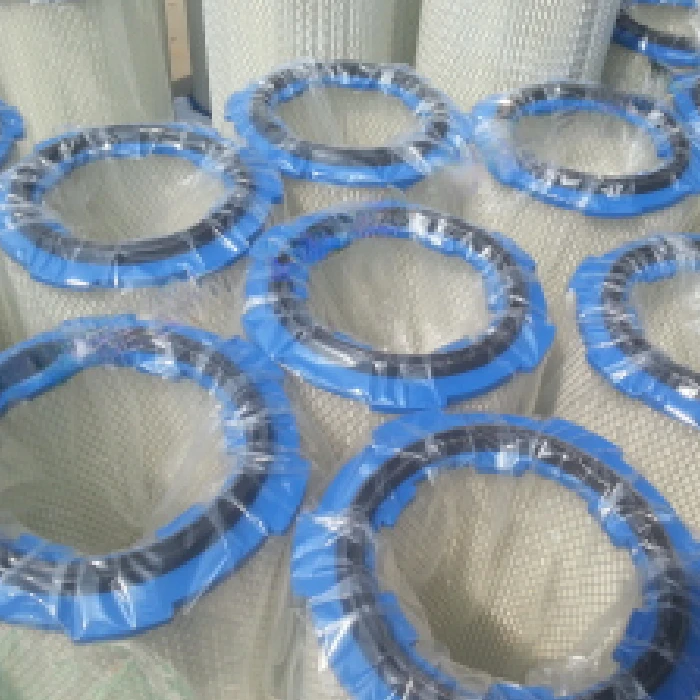Nov . 11, 2024 08:09 Back to list
frosted glass manufacturer
The Art and Science of Frosted Glass Manufacturing
Frosted glass, a stunning material that blends elegance and functionality, has become a popular choice for both residential and commercial applications. From providing privacy to enhancing aesthetics, frosted glass serves numerous purposes, making it a sought-after product in today's market. The process of manufacturing frosted glass is a fascinating combination of art and science, resulting in a material that has captivated architects, designers, and homeowners alike.
Understanding Frosted Glass
Frosted glass is produced by treating standard clear glass to create a translucent finish. This finish diffuses light while maintaining a level of obscurity, making it an ideal choice for spaces where privacy is desired without sacrificing natural light. Applications range from shower enclosures and office partitions to decorative elements in home interiors. The frosted effect can be achieved through various methods, including sandblasting, acid etching, and the use of frosted films.
The Manufacturing Process
The manufacturing of frosted glass typically begins with high-quality clear glass. The choice of glass is critical, as it must meet specific standards for clarity, thickness, and durability. Once selected, the glass goes through a treatment process to achieve the frosted effect.
1. Sandblasting One of the most common methods, sandblasting involves propelling small particles of sand at high velocity against the glass surface. This process erodes the outer layer of glass, creating a frosted texture. The degree of frosting can be controlled by adjusting the pressure and duration of the sandblasting, allowing manufacturers to create customized finishes according to customer specifications.
2. Acid Etching Another popular method, acid etching uses a chemical process to create a frosted effect. The glass is coated with a resist material, and the unprotected areas are exposed to acid. This corrosive agent eats away at the glass surface, producing a smooth and consistent frosted look. Acid etching allows for more intricate designs, making it ideal for decorative applications.
frosted glass manufacturer

3. Frosted Films For a less permanent solution, frosted films can be applied to clear glass. These adhesive films create a frosted appearance and are available in various patterns and textures. This method is often used in residential settings for windows or in commercial environments for signage and privacy partitions without the need for specialized glass treatment.
Applications and Benefits
Frosted glass is versatile, finding its way into multiple applications. In residential design, it enhances bathrooms by providing privacy while still allowing natural light to flow, creating a bright and airy atmosphere. In corporate settings, frosted glass is often used in conference rooms, offering a stylish solution for maintaining confidentiality while allowing light to filter through.
The benefits of frosted glass extend beyond aesthetics. Its ability to diffuse light can help to reduce glare and create a more comfortable environment, potentially enhancing productivity in office applications. Furthermore, it provides UV protection, which safeguards furnishings and decor from sun damage.
Sustainability in Frosted Glass Manufacturing
In recent years, the focus on sustainability in manufacturing processes has gained momentum. Many frosted glass manufacturers are now implementing eco-friendly practices by using recycled materials and reducing waste during production. Modern technology also allows for energy-efficient processes, minimizing the carbon footprint of glass manufacturing.
Conclusion
Frosted glass is more than just a decorative element; it is a functional and versatile material that enhances the design and usability of spaces. With various methods of production, from sandblasting to acid etching, manufacturers can cater to a wide range of needs and preferences. As sustainability becomes increasingly important, the future of frosted glass manufacturing looks promising, offering innovative solutions that respect the environment while delivering beauty and functionality. Whether used in homes or commercial spaces, frosted glass continues to capture the imagination of designers and consumers alike, embodying the perfect blend of art and science.
-
Safety and Style with Premium Laminated Glass Solutions
NewsJun.24,2025
-
Reinvents Security with Premium Wired Glass
NewsJun.24,2025
-
Premium Float Glass Line for Modern Architecture
NewsJun.24,2025
-
Low Emissivity Glass for Energy-Efficient Architecture
NewsJun.24,2025
-
High-Performance Insulated Glass Solutions for Modern Architecture
NewsJun.24,2025
-
Elevates Interior Style with Premium Silver Mirror
NewsJun.24,2025
Related PRODUCTS














